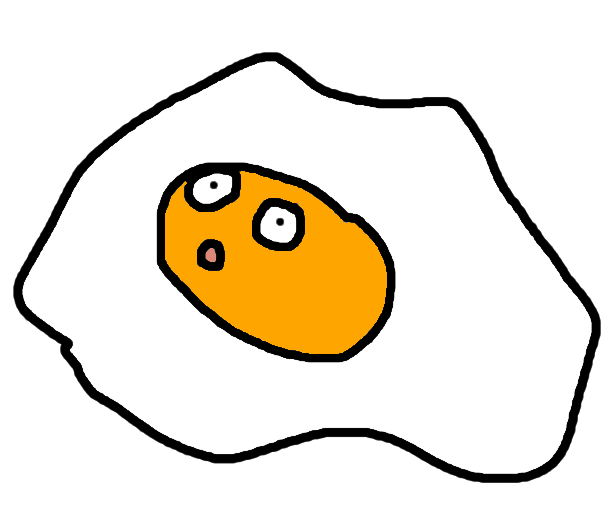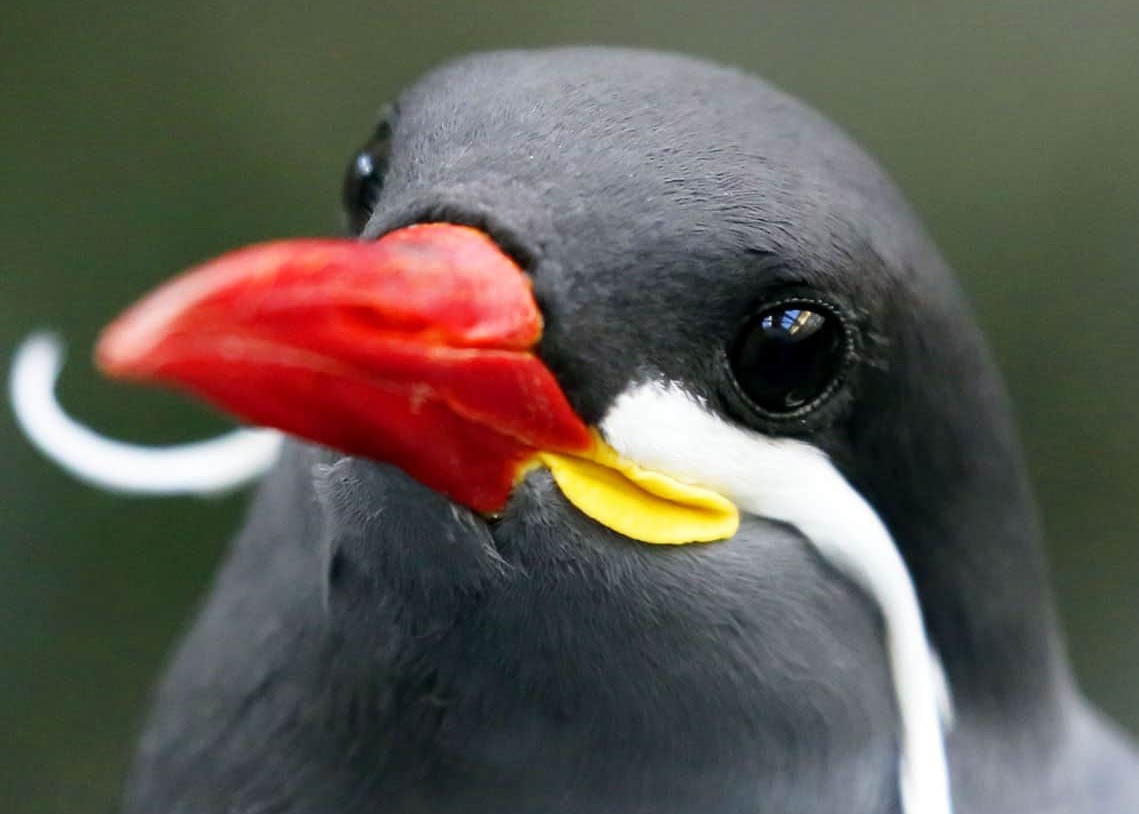Maresa
There's no planet quite like Maresa. The planet is used as a refuge for refugees from around the Milky Way, brought to this planetary oasis for a safer life. The blend of cultures and peoples created in the last seven hundred and five years since its appearance in the Cheem System is unique among planets.
Geography, Location & Climate
A gorgeous planet of vibrant landscapes, Maresa's terrain is slightly electrified, sizzling to the touch. This electricity powers not only the sky-faring cities of the planet, but also gives energy to the organisms of Maresa. Three continents, organised by geology, divide a larger supercontinental mainland. The largest continent, Mara, is the central continent, encased by Rabas and Echol.
While these continents are largely split by geology, it also serves to provide comfort for its inhabitants. Maresa is used as home for refugees and the like, supporting those in desperate need. Those with specific environmental requirements can seek refuge in one of three continents, each with starkly different climates that can only suit a handful of people.
Continents
Mara is the hottest continent by far, supplying 90% of the planet's desert environments. The inhabitants of Mara are used to a life of boiling temperatures, most hailing from desert or even magma planets. The continent is lined with a thick rainforest, its rainfall seeping into the deserts through a series of intertwining rivers, pulled apart and wrapping around each other thanks to gravimancy.
Rabas is a coastal continent, drenched in mist and sea salt. Its inhabitants are either aquatic or semi-aquatic, thriving around the mile-wide rockpools that scatter through the entire shattered continent. Small bays, bars, spits, and other coastal landmarks form abundantly in Rabas, as its evershifting tides and sands swirl to create new locations. Northern Rabas is dominated by rolling hills and fields, abundant forests, lifted up from the coasts atop a monumental coastline.
Echol sits on the South Pole, holding on to the other two continents through a land bridge no more than five miles in width. Echol's ice-capped plains are a frozen wilderness, with mountain ranges barely visible through the thick fog that obscures vision of almost everything, settling during night-times. The darkness of the nights are illuminated by small crystals that float down from the skies, reflecting the moonlight, casting bright patterns on the icy wilds.

History
As did every planet in the Cheem System, Maresa magically appeared out of nowhere, flinging itself into the orbit of Cheem, a rainbow giant. For thousands of years maresans had travelled through space in their previous universe, and so when they appeared in the Yonderverse, their mission to save dying species and at-risk settlements continued. They blazed into the Milky Way, rescuing planet after planet, leaving nobody behind.
Their planet became a powerhouse of cultures. An eclectic blend of people from hundreds of different planets all living in harmony with one another, with no hopes of stopping. Maresa's sights were on the stars, though. Soon the planet became overpopulated, which led the Maresa Space Legion to organise the cosntruction of several large settlements on its single moon, Peaches. While Peaches was originally used as a telescope to keep watch and protect this planetary oasis, it soon became a place of bustling cities and trade hubs for the wider world.
Maresa's current population stands at 16 billion, 3 billion over the planet's recommended capacity. Luckily, with its fast-growing cities, towering into the skies and forming orbital colonies, there is no lack of housing for newcomers.
Ecology & Education
Maresa's native wildlife is fiercly protected, not just by maresans, but by anyone who lives here. Anybody who has permanent residence in any of the continents of the planet must attend mandatory classes, where they are taught the importance of protecting native wildlife and the fragility of ecosystems. They are also given an engineering course, to encourage technological and magical ingenuity, prompting people into entering either animal and conservation industries, or the magical and technical engineering industries.
Maresa's has elected two Legional Animals: brazened wolves and amaras. These two animals have contrasting personalities, representing the two sides of the planet. Brazenes wolves represent the power, strength, and boldness of Maresa, while amaras represent the kind, nurturing, loving side of the people.
The ecology of this planet fascinates the scientific community. Few animals are able to utilise the raw energy provided by electricity, and every single organism on this planet, including single-celled organisms too small to see with the naked eye, all rely on the electrified terrain of Maresa.
14
Distance From Sun
23.7 AU













I love this article so much. <3 And I also love you, Mochi, you're doing awesome with your worldbuilding!
Necromancy is a Wholesome Science.
I'm so glad you like it!! Love you toooo <33